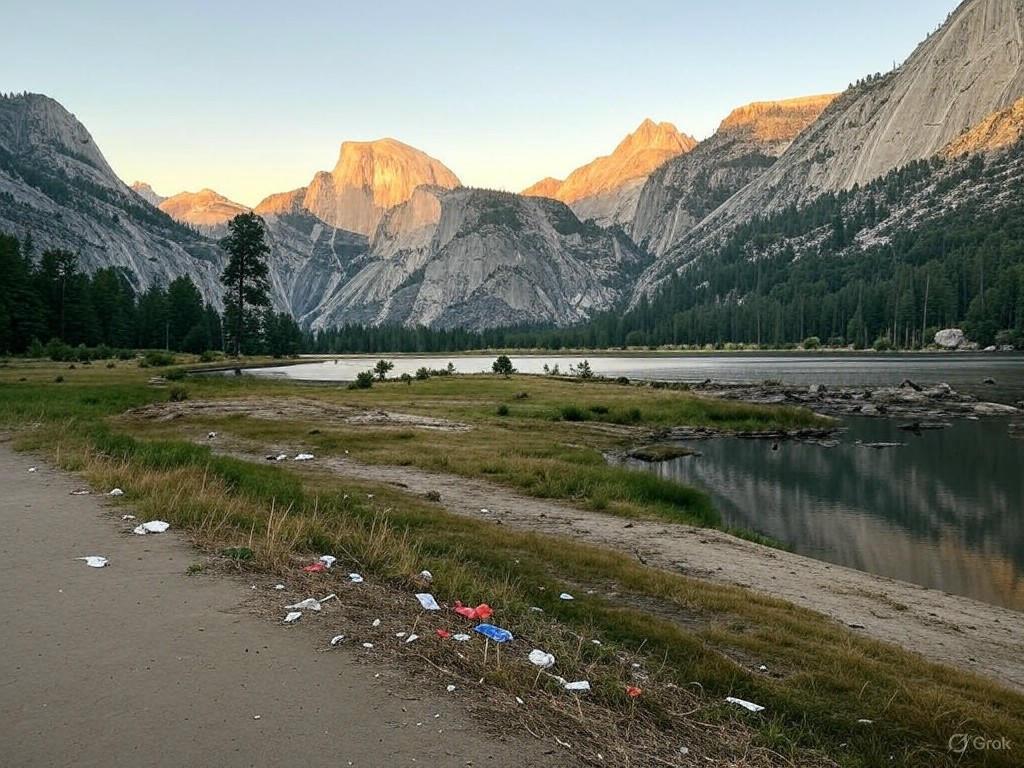The recent layoffs within the National Park Service (NPS) mark a critical moment for communities and ecosystems that depend on them. With thousands of staff reductions, these changes have sparked anxiety about the future of both local economies and the cherished natural landscapes managed by these public servants. Not only do these layoffs threaten park operations, but they also have far-reaching impacts on tourism and environmental conservation.
The NPS has faced significant staff reductions, with around 1,000 job cuts, alongside other public land agencies like the U.S. Forest Service, which saw 3,400 layoffs[1]. These cuts come at a precarious time, just before the peak travel season when parks welcome millions of visitors. Reduced staffing poses challenges not only for visitor management but also for maintaining the natural habitats millions come to see. Local economies, especially in gateway communities that lie near national parks, are bracing for the economic strain[1].
Tourism is a lifeline for many towns bordering national parks. These communities rely heavily on the business generated by park visitors. Hotels, restaurants, and local businesses all expect a downturn due to decreased foot traffic resulting from service reductions in parks[2]. This financial strain adds another layer to the fears surrounding these layoffs. With staffing cuts, towns anticipate longer average times for park services, less effective visitor management, and potential closures of park facilities.
Environmental impacts are also a major concern. Staff reductions mean fewer park rangers to manage these spaces, leading to risks such as unmanaged waste, illegal camping, and potential disturbances to wildlife. This threatens the ecological integrity of parks that are home to diverse species and ecosystems[3]. For instance, the reduced presence of employees in Yosemite and other major parks has already led to the suspension of campground reservations and raised concerns about increased trash and habitat disturbance[3].
Efforts to mitigate these impacts include reliance on seasonal workers, but this is a stopgap solution. Seasonal staff cannot fully replace the institutional knowledge and year-round dedication of permanent employees. Their limited terms also mean a lack of continuity and familiarity with specific park needs.
Community leaders are vocal in their opposition to these cuts. They emphasize that public lands do not maintain themselves. Parks need skilled employees not just to manage visitor populations but to ensure the natural vivacity of these landscapes is preserved for future generations[1]. Conservation groups worry that reduced oversight could jeopardize years of effort towards preserving these natural wonders.
In sum, the consequences of these layoffs extend well beyond the immediate fiscal and employment impacts. At stake is the very health of America's treasured parks and the economies built around them. Only through timely and strategic interventions can these integral parts of American life be sustained for years to come.
References:
1. National Park Service Layoffs Spark Protests, Threaten $640 Billion Outdoor Recreation Industry
2. GOP Seeks to Sell Public Lands to Address Housing Shortage
3. Trump’s Mass Federal Layoffs Raise Concerns About the Future of Public Lands







